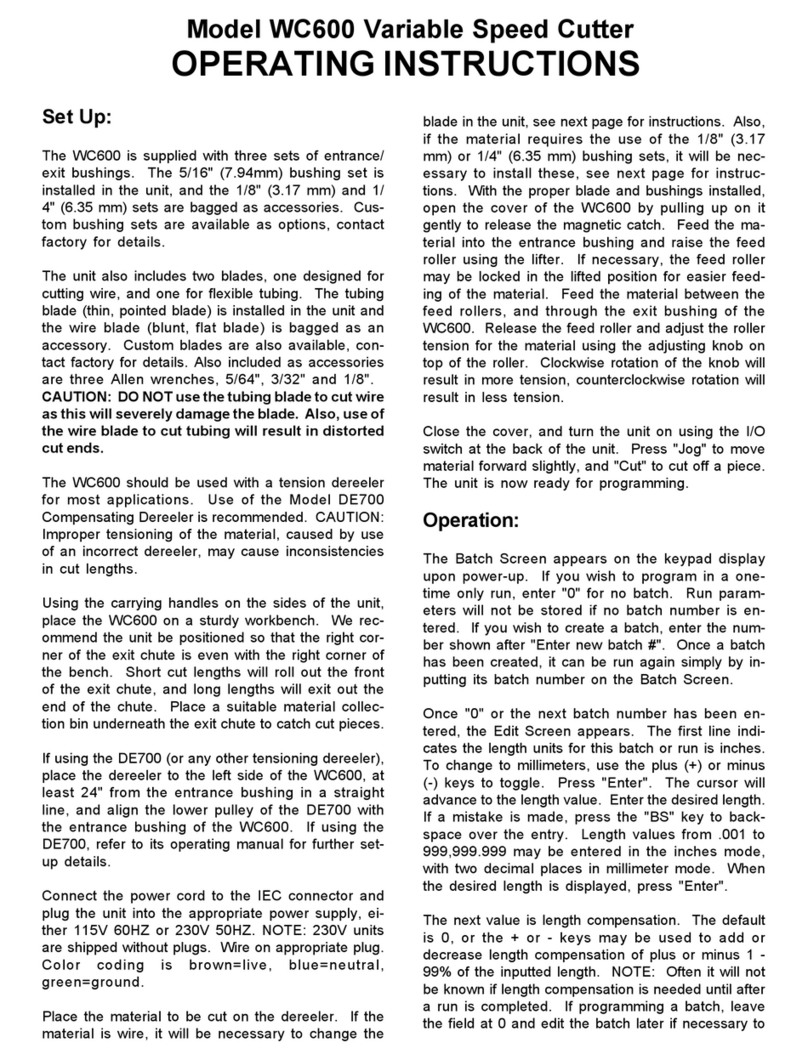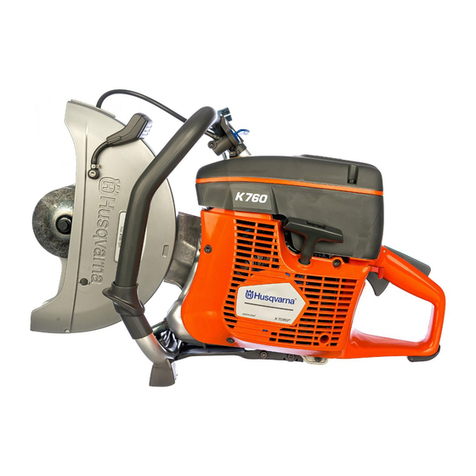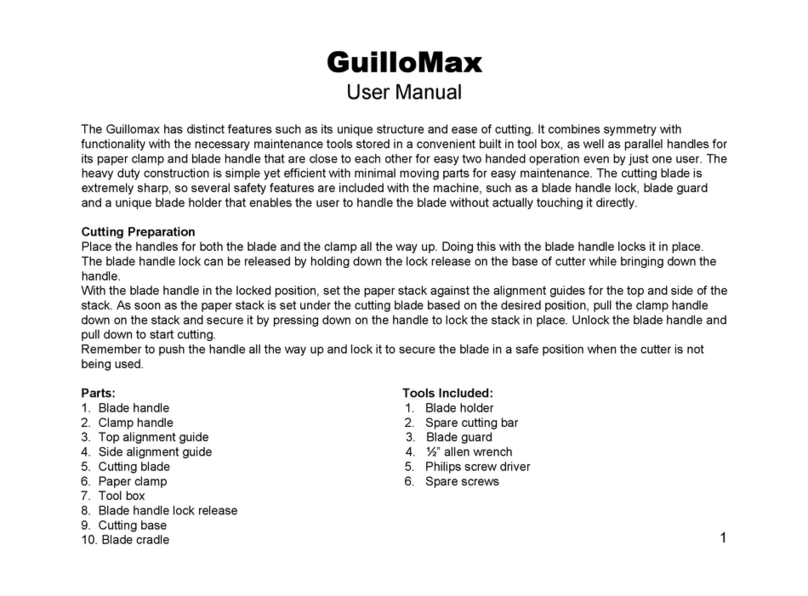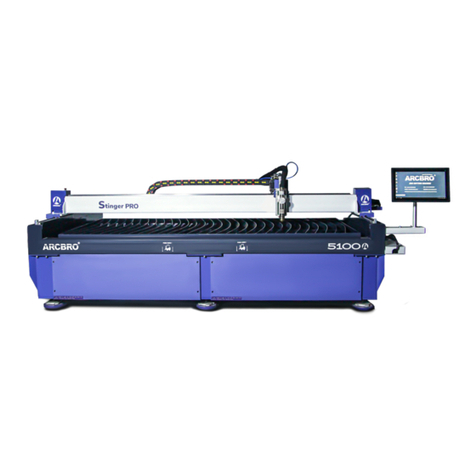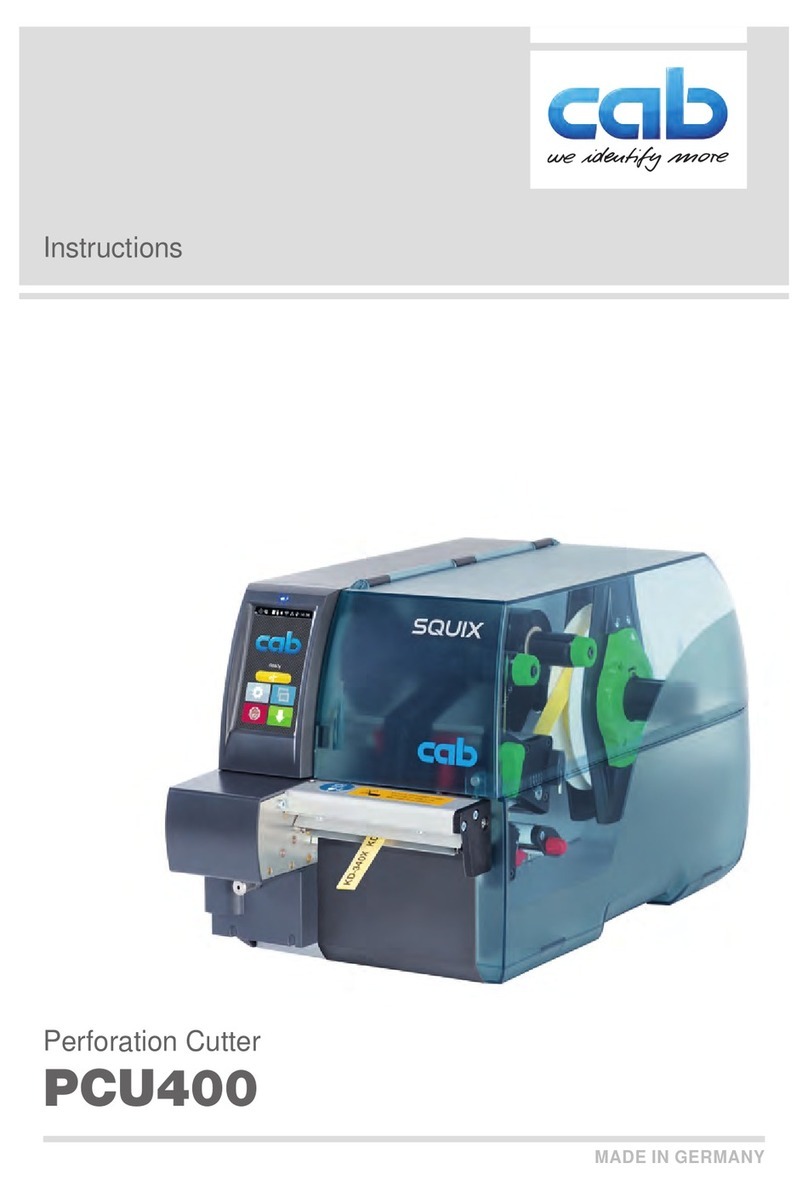Diagrams, exploded views and replacement parts 6---1................
Hydraulic diagram 6---2..................................................
How to read the wiring diagrams 6---3......................................
D2 --- Letter codes used to designate the type of component 6---5...............
Standardised Wiring Diagrams S20DSP (CENELEC Standard) 6---8............
IUD/IUV card 6---21.....................................................
Exploded views 6---22.....................................................
M o t o r u n i t 6 --- 2 2.........................................................
Driving pulley unit 6---24..................................................
Front flywheel assembly 6--- 26..............................................
F i x e d w o r k t a b l e 6 --- 2 8....................................................
Cutting head cover 6---30..................................................
C y l i n d e r s 6 --- 3 2.........................................................
Base assembly 6---34......................................................
C o n t r o l p a n e l 6 --- 3 6......................................................
Vice assembly 6---38......................................................
A d j u s t m e n t s 7 --- 1...............................................
Displaying and editing the set---up parameters 7---1..........................
Set language parameter 7---2..............................................
Set parameter for machine type 7---2.......................................
Semiautomatic---Dynamic and Manual operation setting (optional) 7---2.........
Pedal control setting (optional) 7---3.......................................
Optional inverter presence settings 7---3....................................
Blade speed proximity settings 7---3........................................
Minimal lubrication system settings 7---3....................................
FCTI / FCTA digital output enabling setting 7---3............................
Blade stop setting 7---3...................................................
Cutting vice opening setting 7---4..........................................
Cutting vice opening/closing time setting 7---4...............................
Machine maximum power input setting 7---4................................
Measurement unit setting 7---4............................................
Setting minimum blade tensioning 7---5.....................................
Display backlighting time setting 7---5......................................
Cutting head stroke 7---5.................................................
Software version and total use time of the machine 7---8......................
Adjusting the display brightness 7---8.......................................
Machine working pressures 7---9...........................................
Hydraulic pressure 7---9..................................................
Cutting head 7---10.......................................................
Blade tensioner slide play adjustment 7---10..................................
B l a d e g u i d e c o m p o n e n t s 7 --- 1 1.............................................
Blade guide heads 7---11..................................................
Blade steady buttons 7---11................................................
Blade guide plates 7---11..................................................
Blade 7 --- 1 4.............................................................
Tool changeover 7---14....................................................
Blade perpendicularity 7---16..............................................
Blade orthogonality 7---17.................................................
Front flywheel 7---18......................................................
Rear flywheel 7---18......................................................
Maintenance and choice of consumables 8---1.......................
The role of the operator 8---1.............................................






